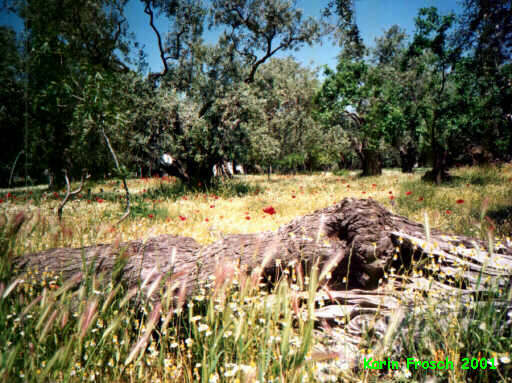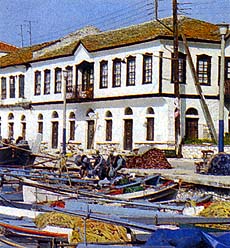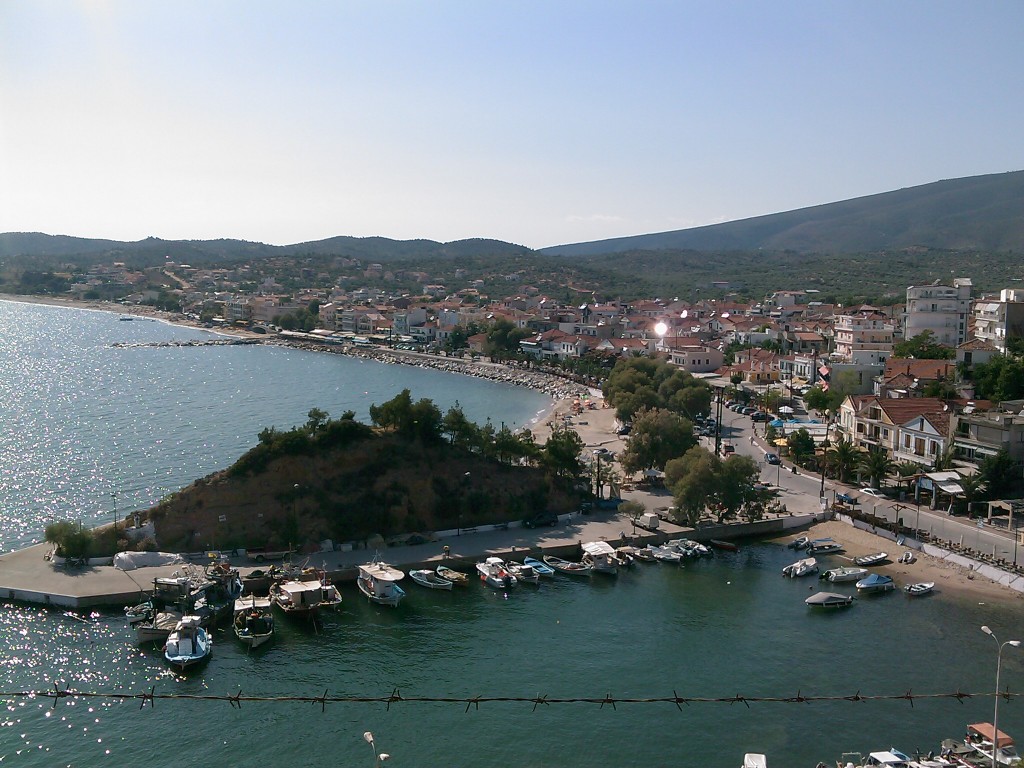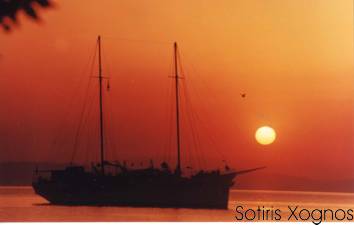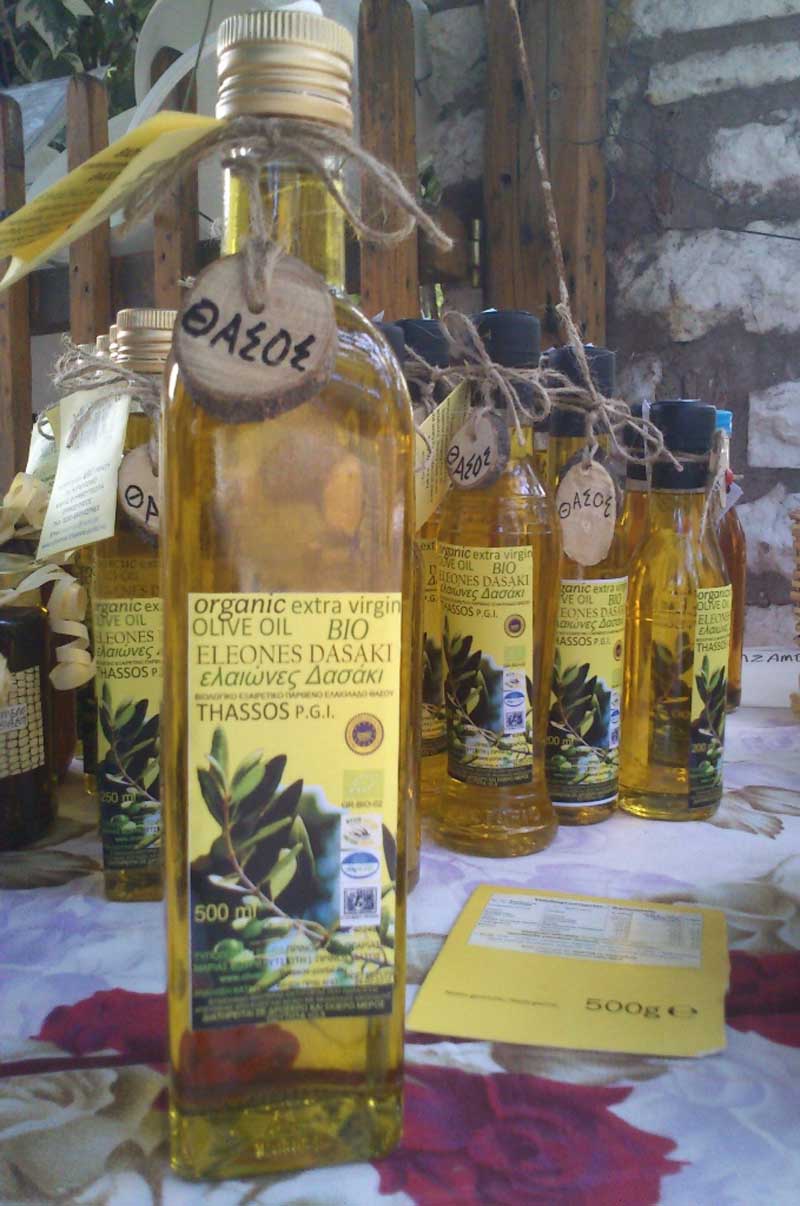|
|
Photo
and Video Galleries |
|
|
| |
HISTORY OF
THASSOS
|
Historical Overview
Phoenicians settled on Thassos as early as 1500 BC although historians
dispute the date of their arrival. There more opinions regarding the first
settlers on the island. In any event, they were driven off by the
Thracians
and then the Pariahs and by 400 BC Thassos was a wealthy and important
island dubbed by historians 'the Athens of the north' and the most densely
populated island in the Aegean. They achieved a high degree of
civilization in the Archaic period.
In the Persian wars, Thassos submitted tamely to invasion
despite some impressive walled defenses. Following defeat against Athens,
the Persians left and the island became a member of the Delis League. But
heavy taxes by League leader Athens and a dispute over mainland mines led
to the eventual reduction of the island. About 360 BC the island was seized by
Philip II and it remained Macedonian until the Romans arrived in 196 BC.
During this period it developed a flourishing export of wine, and Thasians
merchants carried on the trade between Thrace and Southern Greece. Under
the Empire Thasian marble and oil enjoyed an international reputation.
|

Dioskouri in Limenas
Not much is known about the medieval period
other than there were successive waves of domination and that the capital
was moved to the interior to avoid pirate raids. Before passing under
Turkish domination in 1455, the island was a fief of the Genoese Gattilusi.
It fell under Turkish
domination in 1455 and between them Turks and pirates virtually destroyed
the island. In 1813 it was ceded to the founder of modern Egypt, Mechmet
Ali.
In October 1912 it was occupied by the Greek army and the union with
Greece ratified by the Treaty of Bucharest in 1914. In 1916 it was
occupied by the Allies, and in 1941 by Bulgaria. Politically the island
now is a part of the Macedonian Perfecture of Kavala, and the whole island
is just one municipality.
|
 
Thassian Coins: Tetradrachmo, |
| |
|
